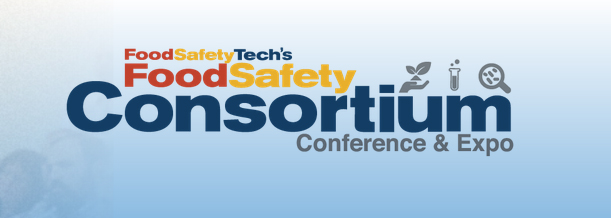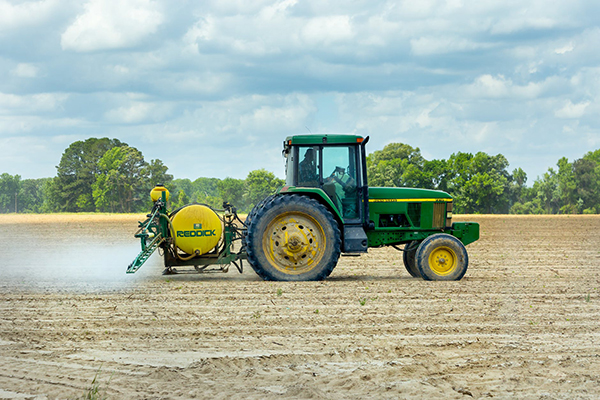Our industry is in a perpetual food safety discussion. We are constantly mulling over the finer points of hazards, risk, preventive controls, training, sanitation, and regulations. Validation is also a key component of the food safety dialog. Here we will explore common themes industry professionals discuss in regard to validation in this era of food safety.
Definitions
In any good conversation, terms must be set and semantics agreed upon. It is helpful to start off with a simplistic definition of validation and verification that can be applied across industries and applications. We often return to these reductive definitions throughout conversations to recalibrate and ensure that all parties are on the same page.
- Validation: Are we using the correct system / method?
- Verification: Are we using the system / method correctly?
From there, we narrow our focus. Using the FSMA backdrop, from the FDA’s “Draft Guidance for Industry: Control of Listeria monocytogenes in Ready-To-Eat Foods” we find the following definitions:
Validation: Obtaining and evaluating scientific and technical evidence that a control measure, combination of control measures, or the food safety plan as a whole, when properly implemented, is capable of effectively controlling the identified hazards.
Verification: The application of methods, procedures, tests and other evaluations, in addition to monitoring, to determine whether a control measure or combination of control measures is or has been operating as intended and to establish the validity of the food safety plan.
Validation and Verification:
Semantics Matter.
Definitions for validation and verification are available from various standards organizations and regulatory bodies. What is most important, however, is that in this conversation there is a clear distinction between validation and verification—both in activities and objectives. These are not interchangeable terms. Further, validation and verification can be discussed from two general perspectives in the food safety landscape. Process validation addresses manufacturing activities and controls to prevent product hazard and contamination. Method validation addresses the analytical methods used to verify the physical, chemical or microbiological properties of a product.
Process Validation
Our industry is comprised of a variety of categorical segments. Each segment faces unique processing challenges, risks and requirements that must be addressed in the validation and verification conversation.
Some segments, such as the dairy industry, have long standing processes in place that have a robust scientific backbone and leave little room for guesswork, experimentation or modification. “Milk processes were validated years ago and are part of the Pasteurized Milk Ordinance (PMO). The science is there,” states Janet Raddatz, vice president of quality & food safety systems at Sargento Foods, Inc. ” It is well established that when you pasteurize the product for the time and temperature that has been validated, then you simply verify the pasteurizer is working to the validated specifications.”
However, process validation challenges arise when novel applications, ingredients and processes are employed. Even in an established industry, reformulations of products such as sauces and dressings require fresh validation perspective and risk assessment. “You must assess the risk anytime there is a change. Properties such as pH, salt and water are critical variables to the safety and microbial stability of a product. Novel processing techniques aimed at ‘all natural’ or ‘minimal processing’ consumer demands should also be challenged.” Raddatz suggests conducting a full assessment to identify potential areas of risk. A challenge study may also be a critical piece to validate that a certain process or formulation is appropriate.
To help the food industry understand, design and apply good validation and verification practices, the Institute for Food Safety and Health (IFSH) published “Validation and Verification: A Practical, Industry-driven Framework Developed to Support the Requirement of the Food Safety Modernization Act (FSMA) of 2011.” This insightful document provides various definitions, guidance, practical advice, and offers several Dos and Don’ts on validation and verification activities.
Do:
- Divide validation and verification into separate tasks
- Think of validation as your scientific evidence and proof the system controls the hazards
- Use science-based information to support the initial validation
- Use management to participate in validation development and operations of verification
- Use lessons from “near-misses” and corrections to adjust and improve the food safety system
Don’t:
- Confuse the activities of verification with those of routine monitoring
- Rely on literature or studies that are unlike your process/ product to prove controls are valid
- Conduct audit processes and then not review the results
- Perform corrective actions without determining if a system change may be needed to fix the problem
- Forget, reanalysis is done every three years or sooner if new information or problems suggest
Method Validation
Analytical methods used to verify a validated food process must also be validated for the specific product and conditions under which they will be conducted. For example, a manufacturer that has their laboratory test a product for Salmonella to verify that a kill step in the manufacturing process worked, must ensure that the method the laboratory uses is both validated for that product and has been verified as appropriate for use in that laboratory. Three general considerations should be discussed with the laboratory:
- Is the method validated for the product (matrix)?
- Often, the method will carry several matrix validations that were previously conducted by the diagnostic provider, an industry organization or as a reference method.
- If the matrix to be tested is not validated the laboratory should conduct a validation study before proceeding.
- Has the laboratory verified this method on the product (matrix)?
- The laboratory should demonstrate that they can indeed perform the validated method appropriately.
- Verification activities typically involve a matrix specific spiked recovery.
- Are there any modifications made to the validated method?
- All method modifications should be validated and verified. Additionally, modification should be noted on the laboratory report or Certificate of Analysis issued.
- Method modifications may include time and temperature alterations, media changes and sample preparation factors.
AOAC International is an organization that certifies the validation of methods to a specific prescribed standard. “Diagnostic companies seek AOAC approval, which entails rigorous validation protocol with the selected matrices,” says Ronald Johnson Ph.D., president of AOAC International and associate director of validation for bioMérieux, describes the importance of commercial standardization. “The AOAC validation scheme ensures that the method is robust, rugged, inclusive and exclusive, stable and meets the sensitivity presented.” Standards such as these provide confidence to the user that the method is fit-for-purpose, a critical first step in method selection.
While many diagnostic companies will perform standardized validation as described above, how a laboratory validates and verifies a method is incredibly nuanced in the food industry. Currently, there is no standardized approach to study design and execution. Even ISO 17025 accredited laboratories are only required to have a validation and verification protocol—there is no dictation about what that protocol should look like.
“Currently, there is a lot of variation in the industry around [method] validation,” says Patrick Bird, microbiology R&D laboratory supervisor at Q Laboratories. Bird is a method validation expert who is on the U.S. ISO TAG TC34/SC9 working group 3 for the new ISO validation and verification standards, including ISO/DIS 16140-4 guidelines, “Microbiology of the food chain – Method Validation – Part 4: Protocol for single-laboratory (in-house) method validation.”
“Variables such as number of replicates, spike levels, and even acceptance criteria vary widely from lab to lab—both in manufacturing laboratories and contract testing laboratories. We hope the ISO guidelines will standardize that, ” says Bird. He goes on to discuss the importance of good laboratory stewardship in the industry. “While some look at validations as a proprietary or competitive advantage, the testing industry must realize that without standardization, poor validation and verification practices by a few can tarnish the great science done by the many, and ultimately jeopardize the safety of our food supply.” He stresses the importance of quality operations and open communications with laboratories, whether in house or third party. “Now that validation is highlighted as a required area in FSMA Preventive Controls, more and more companies are paying attention to the methods and associated validation/verification data their labs can provide.”
Continue to page 2 below.
























